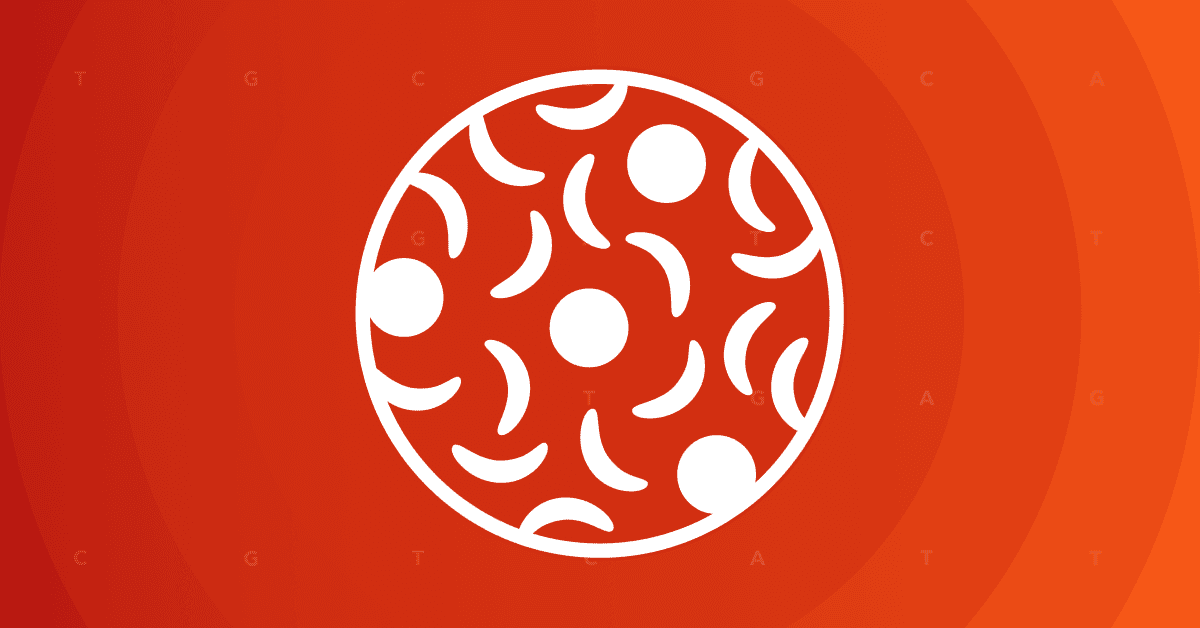 Pinworms–small worms that infect the intestines–are the most common worm infection in the United States.
Pinworms–small worms that infect the intestines–are the most common worm infection in the United States.
Although all people are over 99.9% genetically identical, the small amount of diversity that does exist between individuals tends to track with ethnicity.
This is probably pretty obvious–an individual of Japanese ancestry is more genetically similar to another Japanese person than to someone of European heritage.
What might not be so obvious is that genetic diversity arises in the first place from random changes to DNA that are passed down through generations. Although most of these changes do not impact how people interact with their local environments, some changes do and are said to be under evolutionary pressure. Climate, diet, and pathogens are examples of environmental factors that can exert pressure, causing one version of a piece of DNA to become more common in a population than it would be by chance alone.
Variation related to pigmentation–skin, hair, and eye color–is a well-known example of natural selection. Now, a study led by Matteo Fumagalli from UC Berkeley and published in PLoS Genetics suggests that pathogens have also been an important driver of local adaptation over the course of human evolution. The researchers behind this study scanned DNA from 55 distinct human populations and correlated 500,000 SNPs with environmental factors such as temperature, diet, and pathogen diversity.
Although about 95% of the observed human genetic diversity appeared to be due to non-selective processes, a finding that was not surprising, adaptation to local environments–and specifically to pathogens–also accounted for a significant amount of genetic diversity.
Viruses, bacteria, protozoan organisms that cause malaria and leishmaniasis, and parasitic worms are all examples of pathogens.
The study’s findings suggest that about 100 human genes have been strongly influenced by pathogenic organisms. Parasitic worms seem to have posed the most pressure on human genes. Because worms are complex organisms with longer lifespans than more simple pathogens, they may have co-evolved with people and exerted more pressure on the human genome.
The evolution of skin pigmentation is a classic example of how local environments can pressure human genes.
People with more melanin have darker skin tones and survive better–at least without the modern day application of sunscreen–in sunny environments. On the level of DNA, this means that versions of genes associated with more melanin production were selected for in people living in sunny climates.
Unfortunately, it seems the same genetic adaptations that protected our ancestors from pathogens may now have undesirable consequences in modern societies. Twenty-three of the genes influenced by pathogen-driven selection are involved in the immune system and implicated in autoimmune diseases such as celiac disease, type 1 diabetes and multiple sclerosis. The researchers suggest that versions of SNPs associated with increased risk for autoimmunity may have become relatively common in some populations because they used to protect our ancestors from infection.
This study offers new evidence for the hygiene hypothesis, a currently unproven theory suggesting that ramped up immune systems originally evolved to protect people from infectious organisms. As societies devised ways to keep pathogens at bay, however, their immune systems failed to adjust and they began to suffer from immune diseases characterized by too much inflammation.



